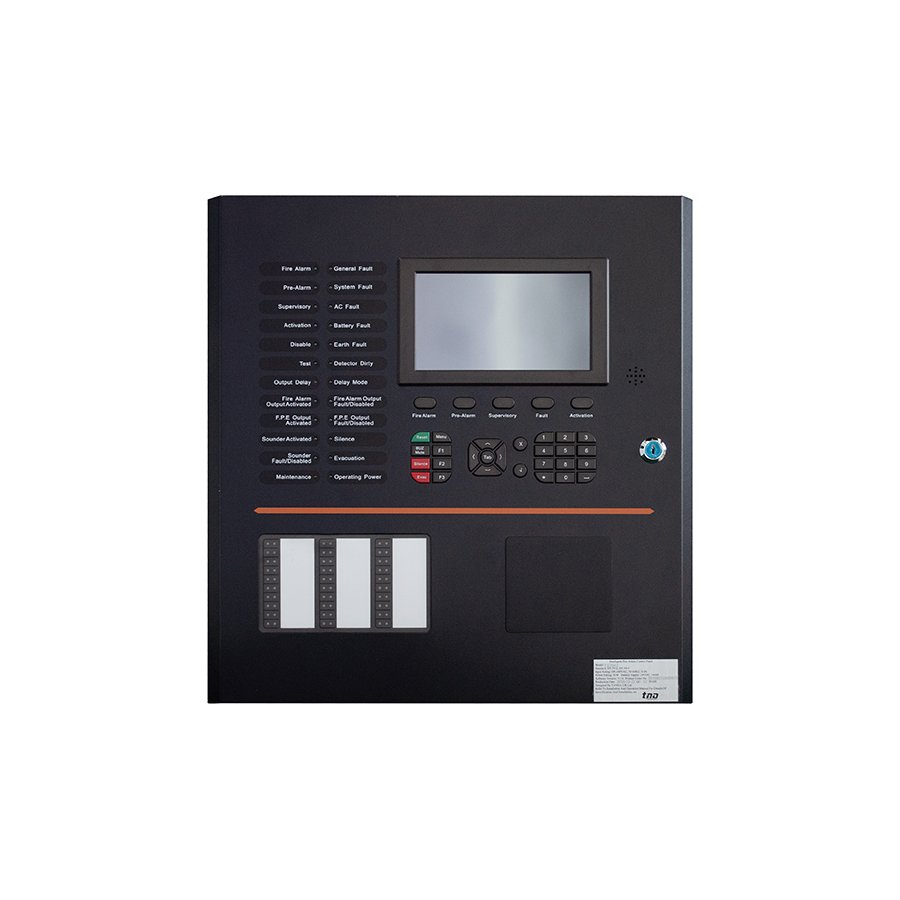Copyright © 2021TANDA Development Pte. Ltd. All rights reserved.Privacy Policy.Site MapDesigned by

Typically costing less to purchase, but more to install, a conventional fire alarm system is hardware-based and uses analog technology. Unlike addressable systems, each detection device is connected to the control panel with its own wire. Conventional systems are also not capable of pinpointing the exact location of a fire. It takes creative wiring to create zones that help to narrow down the location of the emergency. In a conventional system, individual circuits trigger a signal that communicates with the panel, making its capabilities limited and the system less reliable than an addressable system. Also, if a wire is severed, the device will no longer work because there is no loop to maintain communication with the control panel.
Also known as an “intelligent system”, an addressable fire alarm system monitors all the fire, smoke and carbon monoxide (CO) detection devices in your building. It is typically used for larger office buildings with more complex requirements. Each alarm has its own address, which is monitored independently in order to let the system know when it is either activated or not working properly. The activated device will show up on the control panel monitor, allowing you to pinpoint the exact location of a fire in a timely fashion. Devices are connected using a loop, meaning they are connected to the control panel with a single wire instead of a wire for each device. The loop acts as a failsafe measure so the connected devices are not disabled if one end of the loop is disconnected from the control panel.
In addition to rapid detection capabilities, this particular system also adds more flexibility and control. Systems may offer built-in dual path communications, programmable buttons, as well as the necessary support for fire and CO addressable detection.
With conventional fire alarm panels, there will be multiple devices on a zone, so if any of the devices on that zone go into alarm, you’ll get an alarm at the panel that will say “Zone Alarm.” It will also tell you what zone, as they’re numbered. This means that if an alarm comes in, it will tell you the area of the building that the alarm is in, but not a specific location since it could be any of the devices on that circuit. You would then have to walk around in that area looking at the devices to try and determine which one caused the alarm.
Addressable systems allow you to set an address on the field device, normally a 3-digit number, and then tell the panel what and where that device is located. If you get an alarm, you will see something like: “Alarm Smoke Detector (Address: 023) 1st Floor Hall at Room 102.” These systems will provide a specific location where the alarm and what type of device caused the alarm. This is a big help in response times for the fire department or the customer. It also gives you the ability to individually program each device so if you have one smoke detector and one duct detector right next to each other, you can program one to send an alarm and the other to just send a supervisory and not set of the horns and strobes. On a conventional panel, every device on the same circuit would report the same.
The fire alarm control panel on an addressable system receives information and status reports from each device and indicates its exact location if there is smoke or fire.
An addressable system is generally more reliable than a conventional system mainly due to how the different systems are wired. With a conventional system, if a device’s wire is damaged or severed, its signal and the signal of other devices down the line cannot be transmitted to the control panel.
With an addressable system, both ends of the wire connect to the control panel. Therefore, if one end becomes damaged or severed, signals can still reach the control panel through the other end of the loop. In addressable systems, a device can be removed or disabled and it will not affect the other devices in the loop.

Conventional fire alarm systems cost less to purchase but actually cost more to install due to the extensive wiring involved with these systems. It takes more time and more wires to install conventional systems.
Addressable fire alarm systems are more advanced from a functionality standpoint but cost less to install. Addressable systems can also be more cost-efficient in the long run when you consider the accuracy of these systems at detecting fires and therefore preventing fire damage. These systems are also less likely to signal false alarms, a costly mistake.
While it might seem obvious at this point that an addressable system offers a better, more cost-effective design, the fact is that not every business has the budget for such a system. The best advice is to contact us. We have decades of experience in working with both types of systems. We will provide our best advice to help you out.